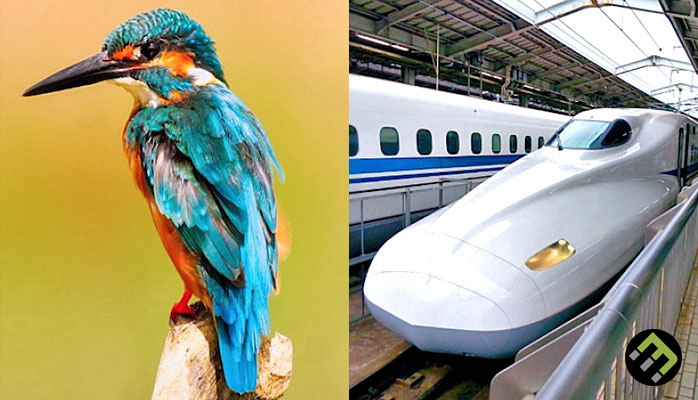Learning from Mother Nature – Biomimicry

What is biomimicry?
In the global fight to tackle various climate change issues, an interesting method with far-reaching effects is biomimicry. Biomimicry or biomimetics is the imitation of the models, systems, and elements of nature for the purpose of solving complex human problems. The term biomimicry and biomimetics comes from the Greek words bios, meaning life, and mimesis, meaning to imitate.
We tend to look at nature as a concept that is other or different from us or from our daily lives. And it is easy to see why this happens. Our lives are steeped in technology that seemingly has nothing to do with nature. However, when we shift the narrative to learning lessons from nature, we suddenly open up a range of ideas and concepts that can be applied to our daily experience. Biomimicry, as an approach has the potential to solve human challenges due to the fact that other organisms in nature face, or have faced many of such challenges we face as humans, and were able to overcome them.
Biomimicry, as a concept is not new. In fact, Otto Schmitt, an American inventor and academic first coined the word itself as early as 1982. However, even before the term was created, we have seen many instances in the past where inventors were inspired by designs in nature. Leonardo da Vinci sketched many iterations of flying machines that were the end result of his keen observations of the anatomy and flight of birds. In fact, pigeons in flight inspired the Wright brothers when they invented the airplane.
Biomimicry and Climate Change
A wide range of multinational companies and organizations now embrace biomimicry in their quest for sustainability, efficiency, and effectiveness. Here is a list of some of the most exciting applications of biomimicry related to climate change.
Carbon Mix
This is a new type of concrete, which is inspired by coral. Calera, the company that invented Carbon Mix, uses carbon dioxide emissions as a building block for the product. Corals use dissolved CO2 from the ocean to create their structure. Calera uses the same basic process to create calcium carbonate from CO2. The calcium carbonate is then used as a building material.
Vertically Aligned Wind Turbines
Vertically Aligned Wind Turbines are arranged in the formation normally seen in schools of fish. This formation was developed in Caltech (California Institute of Technology) where it was observed that turbines placed in the specific array work more efficiently due to their relative positioning to each other. The lead researcher, John Dabiri, said that the results could allow for wind farms to be located closer to urban centers helping in reducing power transmission costs. Dabiri believes a wind farm designed in this format could produce ten times that of a traditional wind farm.
BioWAVE
BPS, a renewable energy company, based in Sydney, has created the bioWAVE, which is designed to convert the energy of ocean waves into usable energy. It mimics the movement of kelp underwater to generate energy. Since the ocean waves are a consistent phenomenon, the energy from bioWAVE is expected to be more stable when compared to other sources like wind or solar energy where vagrancies are expected.
AirCarbon
AirCarbon provides a unique solution to the persistent problem of plastics. While many alternatives to plastics have entered the market, none are yet to replace the material. AirCarbon aims to produce plastics that are derived from greenhouse gases like methane instead of the traditional source material, which is petroleum. According to co-founder Mark Herrema, “while other plastics emit carbon into the air via manufacturing, AirCarbon reverses that flow and sequesters carbon.” AirCarbon is now being used by IKEA to create some of their furniture and accessories.
Conclusion
Traditional wisdom tells us that there is much to learn from nature. Somewhere along the way to becoming technically advanced and industrialized, we seem to have forgotten this. As biomimicry continues to rise and offers solutions in the fight against environmental change, hopefully, we will see a significant shift towards basic, commonsense traditional wisdom. Even what is considered as a ‘basic’ solution like tree planting is hugely beneficial to reaching sustainable development goals. Companies like EcoMatcher work with industries to encourage corporate tree planting and make environmentally sustainable work practices part of the DNA of corporations. As we keep searching for tech solutions for the environment, let us continue to learn from Mother Nature.

